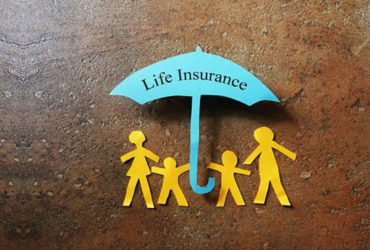One of the last things you ever want to think about is the death of a child, but when meeting with your insurance agent or financial planner, the subject is likely to come up. Child life insurance is a popular product offered by most insurance companies. It can be difficult to remain objective and not let emotion take over when purchasing insurance, and this is especially true when contemplating the loss of a child. Your insurance agent may try to convince you to insure your children, however in most cases, it is not needed.
Life insurance serves three main purposes. It provides the beneficiaries with funds to cover the loss of future income from the deceased. It can be used to pay off debts such as mortgages and car loans so that the remaining family does not have to lower their standard of living. Finally, it helps to pay the deceased’s income tax and estate tax debts so that more of the estate can pass to beneficiaries. When a child dies, none of these are necessary. A child is, in most cases, a net expense, not an income generator. With the exception of funeral costs, the death of a child rarely results in further expenses or a lack of income.
Child life policies are also often touted as vehicles to save for future college expenses. Whole life policies have both an insurance and an investment component. The premiums that you pay every month pay for insurance coverage plus some of the premiums go towards an investment fund. The investment side builds up over time, and the policy owner can borrow against it or withdraw from it, based on the rules of the plan. While it can build up savings for college, there are more financially savvy ways to do it. You can’t control what the funds are invested in or the investment return on the policy. A tax-advantaged college fund gives you more control over the investments and the withdrawals.
The main reason to obtain child life insurance is to pay for funeral expenses. The average funeral costs upwards of $10,000 and many families do not have enough in their savings accounts to cover this cost should it occur. The least expensive way to provide for this possibility is with a term life policy. Term life policies are bare-bones, insurance-only plans that pay out on death. They last for a set term, usually 5 to 20 years, without an increase in premium. When your child goes off to college or out into the workforce, you can turn the policy over to him to continue if he wishes.
Life insurance is a valuable tool in your financial planning toolbox when used properly, but it can be easy to become over-insured. Insuring your children is often unnecessary and those funds can be better utilized in other savings vehicles.
















